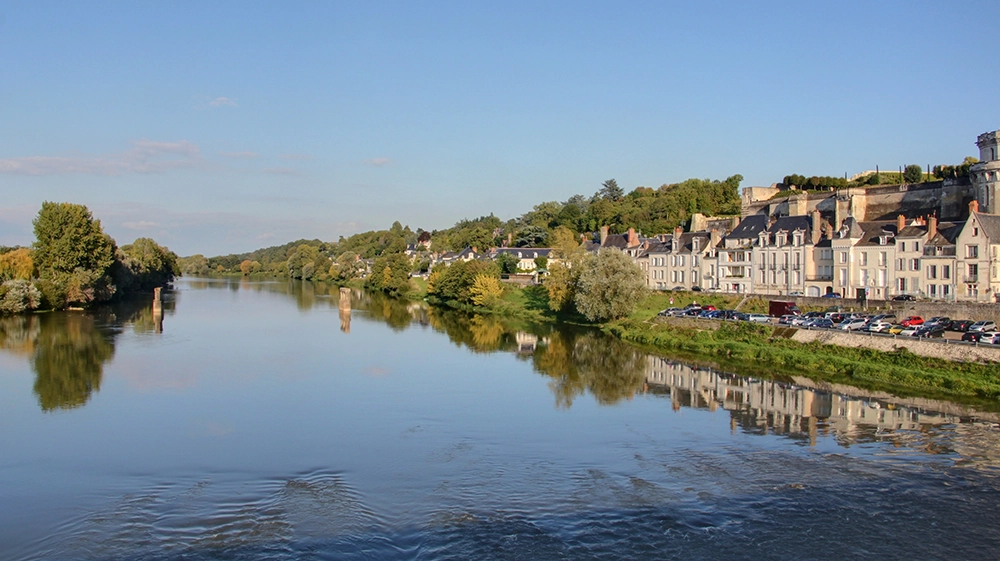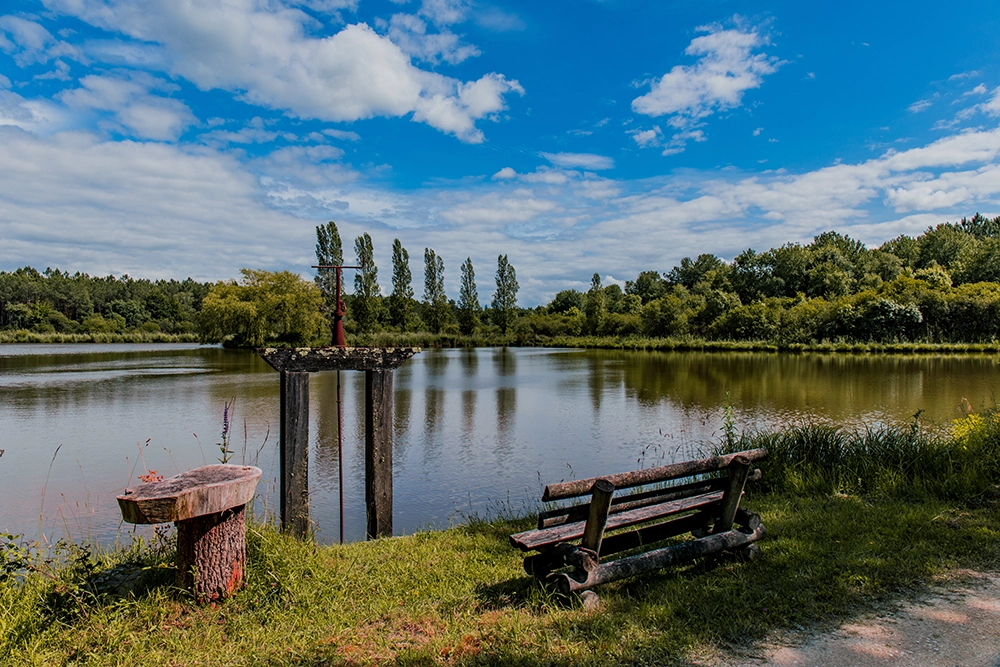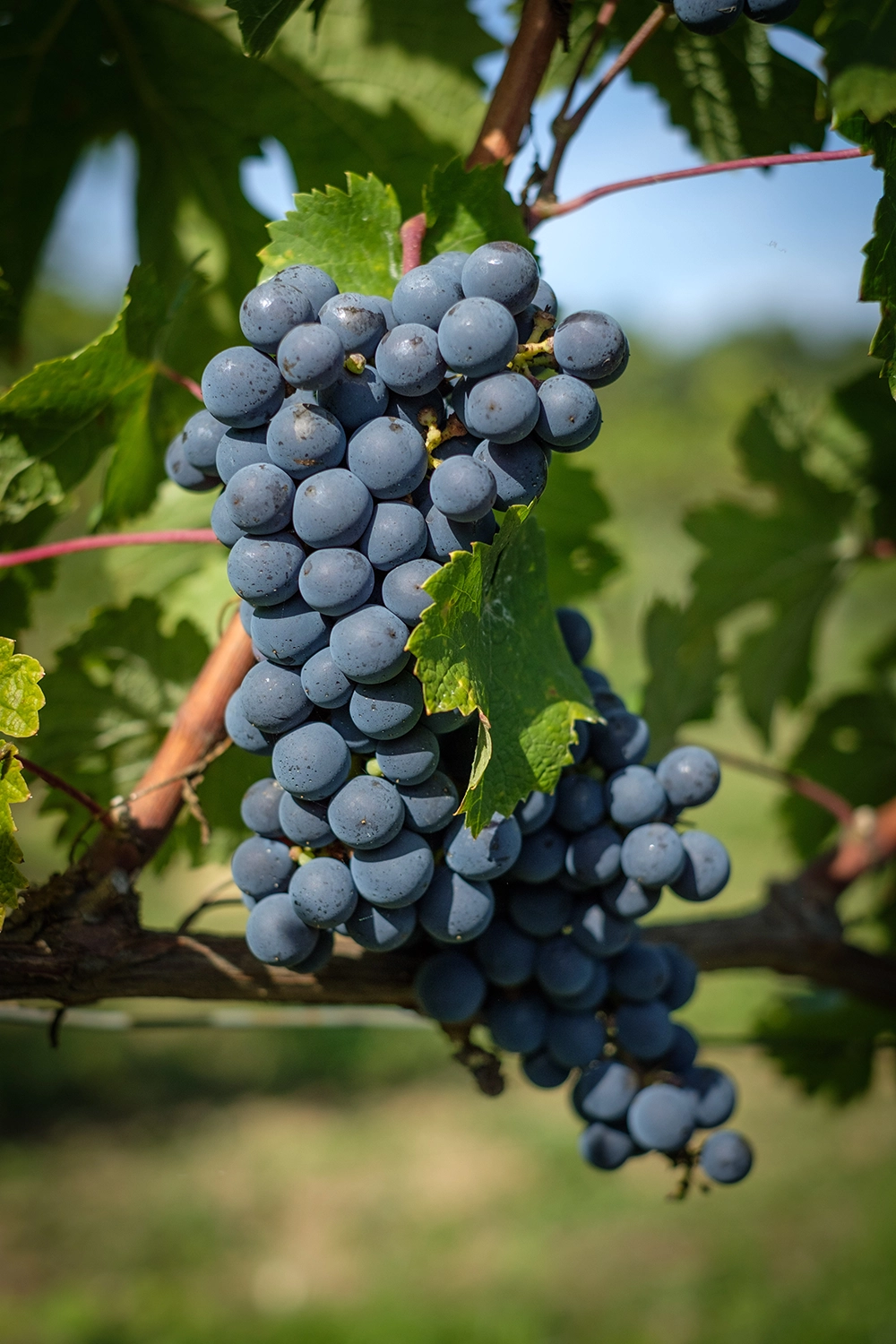
The local vine cultivation probably dates back to Roman times but it was around 990 ie. the founding of the Bourgueil Abbey that the vineyards really developed, including the Saint-Nicolas-de-Bourgueil village ones. The Cabernet Franc grape (known as Breton), was brought there in 1152, thanks to the union between Anjou and Aquitaine Regions.

The AOC vineyard is located to the West of Tours, on the high terrace of the Loire Right Bank, just under the forest and above the troglodyte caves/cellars. Created in 1937, the appellation covers 1,100 hectares and lies within the village borders of Saint-Nicolas-de-Bourgueil.
The vines are situated on a large terrace of old alluvium which sub-soil is composed of sand and gravel. Above this terrace level, a third of the vineyard is planted on the hillside made of tuffeau (Turonian chalk) covered by sand.

Produced from Cabernet Franc, Saint-Nicolas-de-Bourgueil red wines have a bright, deep crimson color. The first nose is intense with small red fruits and violet aromas for the ‘gravel wines’; raspberry, blackberry, liquorice and spices for the ‘tuffeau wines’ which will evolve towards leather and undergrowth notes66. On the palate, the wines are supple and easy-t-drink for the former ones; dense and fleshy for the latter ones which will get more refined over time. The finish is typically fresh and balanced.
